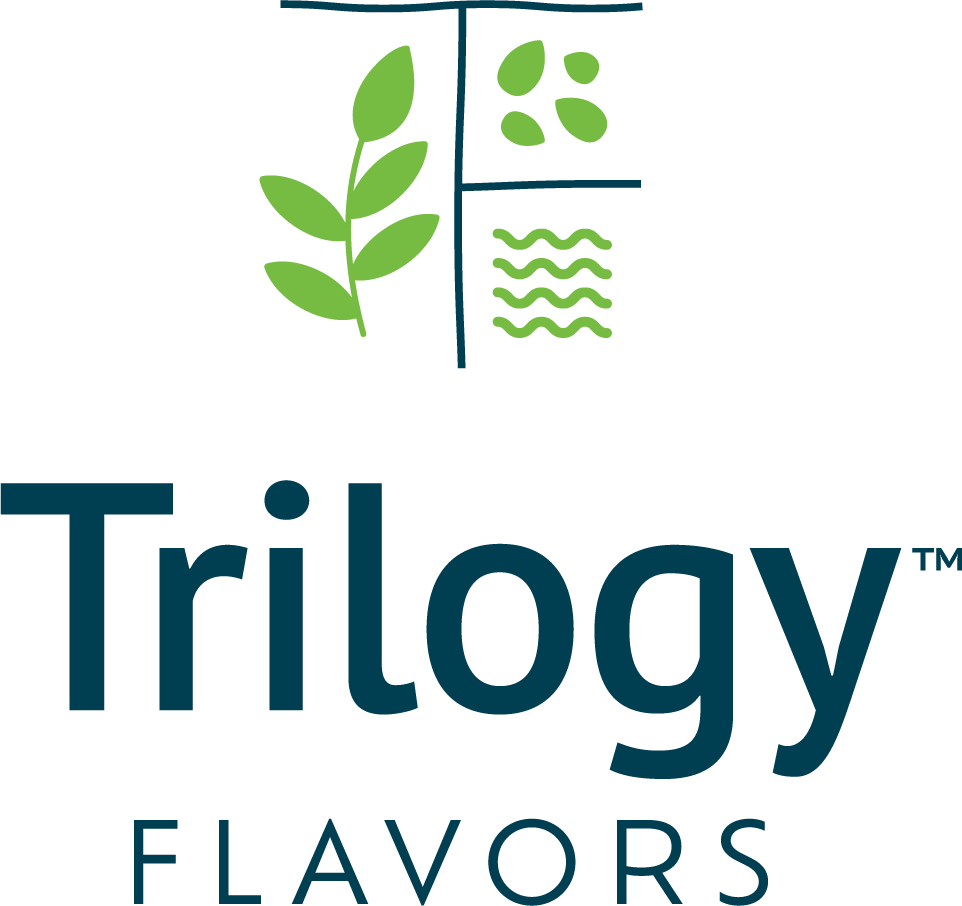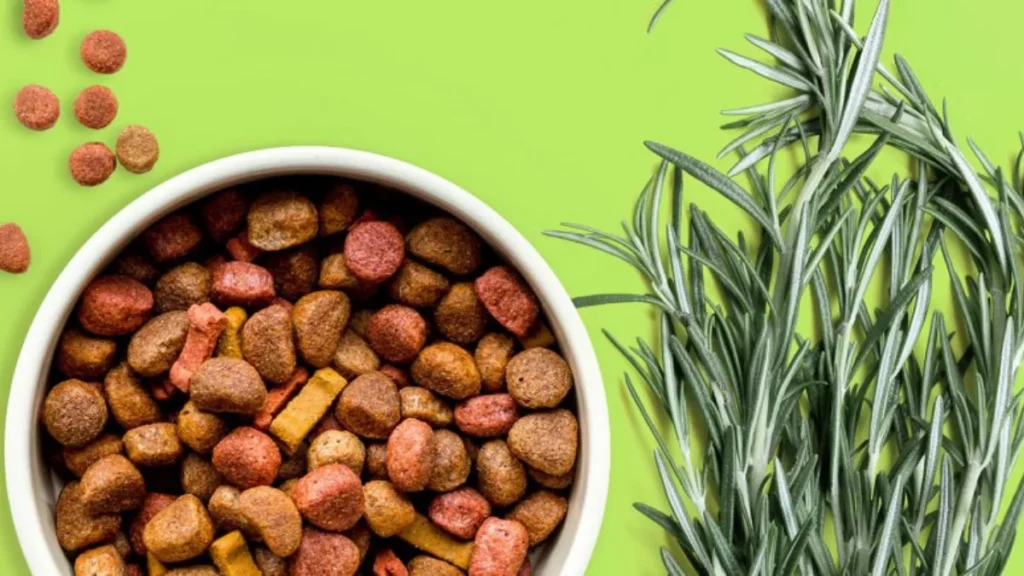HOT DOG – SPOTLIGHT ON PET FOOD TRENDS
Pets are an extension of our family and offer companionship. The increasing popularity of pets, the growing awareness of the importance of pet nutrition, and the rising demand for premium and specialized pet foods are driving pet food innovation, according to NielsenIQ1. Omni buyers, those who shop online and instore, make up 42% of pet buyers and represent over 60% of dollar sales2. Dry pet food sales increased 18.7% in the past year and wet food saw a 16% growth. The humanization of pet products, the environmental impact of pet food, and pet food palatability are three considerations impacting pet owners.
PET OWNERSHIP
Pets are beloved family members and are often cared for like children. As of 2024, 66% of U.S. households (86.9 million homes) own a pet, according to the American Pet Products Association3. 65.1 million U.S. households own a dog, while 46.5 million households own a cat. 97% of U.S. pet owners say their pets are part of their family, according to Pew Research4. Furthermore, 51% not only consider their pets to be a part of their family but say they are as much a part of their family as a human member. Scientific American’s research5 revealed that many younger people are choosing to have pets in lieu of children driven by climate change and financial insecurities. For example, in the U.S., 27% of U.S. cat owners have a kitten, and 19% of dog owners have a puppy, according to Mintel6. Pet owners want what’s best for their fur babies and want to do everything they can to improve their lives and well-being. To ensure pets get the nutritional and healthy benefits from their food, they need to eat the right quantity of high-quality products.
PET FOOD
According to Technavio7, the global pet food market size is expected to grow by $35.75 billion from 2022 to 2027, with a CAGR of 5.71%. The pet treats market size is expected to increase by $9.10 billion between 2023 to 2028, with a CAGR of 6.57%8. Since many pet owners treat their pets like children, they project their human needs onto their pets. Health and wellness is a market driver affecting consumers’ choices for better-for-you and better-for-the-planet products. Pet food brands recognize this behavior and are mimicking human lifestyle trends. According to Lynn Dornblaser of Mintel9, the top reason for switching a pet’s food in 2022 was to improve health and wellness, with improving palatability second and saving money at a low third. The perception that natural food and beverages are healthy for individuals is being translated into pet products. The humanization of pet food is apparent in the marketplace with buzzwords such as natural, fresh, human-grade, plant-based, and sustainable appearing on labels. Sales of meal enhancers, freeze-dried, dehydrated, frozen and natural pet foods all increased by double digits in 2021 and experienced more than 20% growth during the year, according to NielsenIQ10. According to Mintel 11, 79% of U.S. pet food buyers think that it is worth paying more for healthier pet food, while 51% of pet food buyers perceive freshly prepared food to be healthier than store-bought food. For example, The Farmer’s Dog is “a service that delivers balanced, freshly made pet food,” which uses Vet developed recipes formulated with human-grade meat and vegetables.
ENVIRONMENTAL IMPACT AND SUSTAINABILITY OF PET FOOD
Consumers are looking to decrease their environmental impact, and food and beverage brands are responding by reducing their carbon footprint, using sustainable ingredients such as plant-based alternatives and eco-friendly packaging. This trend is trickling into pet foods. In the U.S. alone, as much as a quarter of the environmental impacts of meat production are from pet food, according to UCLA Geographer Gregory Okin12. According to Mintel 11, 28% of global pet food launches feature an ethical/ environmental claim, up from 16% five years ago. In the U.S., 61% of pet food buyers prefer pet food brands that work to limit their environmental impact. For example, pet treat brand Shameless Pets’ products are created with 30% upcycled fruits and vegetables from surplus and misfit produce. They are the first pet food brand to be certified by the Upcycled Food Association.
Plant-based food and beverages for humans have inundated the market, and plant-based dog food is emerging. According to FMI13, the global plant-based dog food market was valued at $12.2 billion in 2021, with expected sales to rise annually by 6.9% in the next decade. Mintel’s data14 showed global plant-based dog food launches doubled in 2023 vs. 2022, while the use of insects as an ingredient in global pet food launches has been growing over the past five years. For example, direct-to-consumer brand PawCo offers a variety of pet food products using GreenMeat, a fresh plant-based meat for dogs. In March, the brand raised $2 million in seed funding. It claims to be the first plant-based dog food brand to use AI technology to improve the nutrition and palatability of its products.
PET FOOD FLAVORS AND PALATABILITY
Pet owners have a plethora of pet food choices. However, just like humans scrutinize labels on their food and beverages, they also scrutinize pet food labels and are concerned with the quality of ingredients. To ensure pets are healthy, they need to get their essential nutrients through food and treats. Research15 suggests that dogs have about 1,700 taste buds, cats have roughly 470, and humans have approximately 9,000. Taste is associated with smell, and dogs and cats have a superior, highly developed sense of smell. Pet food needs to be palatable. Trilogy flavor chemists offer PAL tested savory palatants and high-quality pet food flavorings that enhance dry, wet, and canned pet food products to get a “paws up” from your pets. In addition, Trilogy produces a line of oleoresin-based antimicrobials and antioxidants that inhibit or kill microorganisms, extend shelf life, and maintain better animal health.
Our PAL tested, high-quality reaction flavors are vegan and human-grade. Since our flavors are meatless, they do not fall under USDA regulation and do not require USDA regulation. Be a top dog with your pet food formulations and pamper your pets. Request samples here.
Sources:
-
- https://nielseniq.com/global/en/insights/education/2023/pet-food-trends-2023/
- https://nielseniq.com/global/en/insights/education/2023/premiumization-and-private-label-drive-the-pet-category-from-two-sides/
- https://www.forbes.com/advisor/pet-insurance/pet-ownership-statistics/#sources_section
- https://www.pewresearch.org/short-reads/2023/07/07/about-half-us-of-pet-owners-say-their-pets-are-as-much-a-part-of-their-family-as-a-human-member/
- https://www.scientificamerican.com/article/dog-and-cat-moms-and-dads-really-are-parenting-their-pets/
- Vlietstra, Kate “Premiumise Puppy and Kitten Food Through Naturality,” 13, December 2023, Mintel
- https://www.prnewswire.com/news-releases/pet-food-market-size-to-grow-by-usd-35-75-billion-from-2022-to-2027–growing-demand-for-organic-pet-food-drives-the-market-technavio-302066036.html
- https://finance.yahoo.com/news/pet-treats-market-size-increase-221500940.html
- https://www.petfoodprocessing.net/articles/17871-pet-food-conference-report-emerging-trends-propelling-the-industry
- https://www.petfoodprocessing.net/articles/16200-combining-formats-to-provide-targeted-nutrition
- Vlietstra, Kate “The Future Of Pet Food: 2023,” 30, March 2023, Mintel
- https://www.vox.com/the-highlight/22375369/comic-pets-climate-change-environment
- https://globalpetindustry.com/article/now-and-future-vegan-pet-food
- Vlietstra, Kate “The Future Of Pet Food: 2024,” 29, February 2024, Mintel
- https://www.diamondpet.com/blog/nutrition/flavor/pet-food-companies-flavors/






